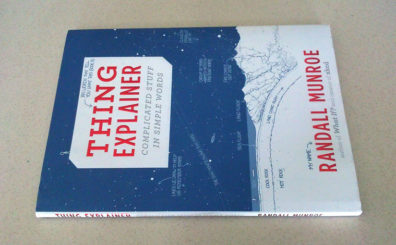Painstakingly
For the longest time, I understood how to use the word ‘painstakingly’ but I thought that the action embedded in the adverb was ‘staking one’s pain’ on something, which perhaps I thought meant something like ‘betting one’s life’ on something.
Why did I think that? Phonology interfering with morphology.
Once the two words ‘pains’ and ‘taking’ lost the hyphen between them, there was a tendency for the second syllable to absorb the consonant at the end of the first, according to the phonological principle that we automatically maximize syllable onsets. That is, if it’s possible to lump a group of consonants together, we do it at the beginnings of syllables, not at the ends.
In short, because English allows the consonant cluster ‘st’, the morpheme ‘stake’ naturally obtrudes and creates confusion as to the word’s actual underlying components.
Here’s an explanation and another example involving ‘st’.
In truth, the ‘s’ is ambisyllabic—has the quality of ambisyllabicity. It belongs to two syllables at once, even though it started out belonging to a single morpheme.



